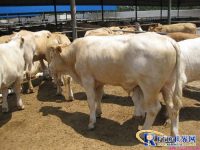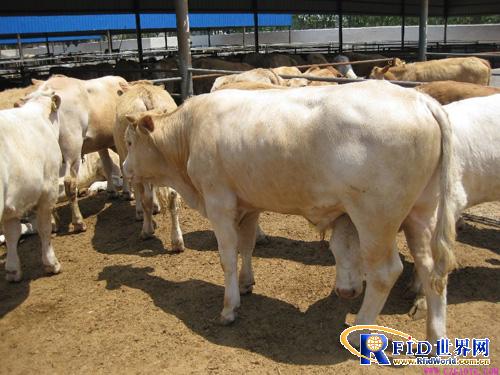
RFID animal husbandry breeding management system
[ad_1]
The intelligent system can track and monitor the feeding, transportation, and slaughtering processes of beef cattle and other livestock, especially when an epidemic outbreak occurs, it can be traced, and better management of the herd can be achieved. GAO launched a series of diversified hardware and Locate Ware ™ RFIDThe software allows you to grasp the relevant situation of the cattle farm in real time.
1. Introduction to the system
GAO’s intelligent beef cattle tracking management system developed based on radio frequency identification technology (RFID) can track and monitor the feeding, transportation, and slaughtering processes of beef cattle and other large livestock, and timely trace it back when an outbreak occurs.The health department passed thesmart systemBe able to track animals that may be infected with diseases to determine their ownership and historical traces. GAO uses RFID tags with a globally unique identification to quickly and effectively identify animals and collect data. Each RFID tag can be connected to the database, which records the specific information of each cow, such as date of birth, inoculation status, breeding status such as blood relationship, etc. At the same time, GAO’s intelligent system can provide real-time information for the entire process from birth to slaughter. , Detailed and reliable data information.

2. System application
GAO RFID electronic tags provide us with a set of practical methods for tracking and managing cattle. GAO’s electronic tag system can accurately and comprehensively record their breeding, growth and disease prevention and other information, and it can also monitor beef , Milk quality and other information are correctly labeled, so as to realize the traceable management of cattle and cattle products from breeding to final sales.
1. Application in the traceability of cattle and cattle products
The data stored in the GAO RFID electronic tag is not easy to change or lose, coupled with the uniqueness of the RFID electronic tag number, making the RFID electronic tag a never-passing electronic ID card for beef cattle. 100% of one animal and one label can be used to trace important information such as the breed, source, immunity, treatment and medication status, and health status of the cattle. The data is stored together in the supermarket display label that sells the meat of the cattle farm. Once a problem is found, the source of the problem can be traced through the computer, which is conducive to management and analysis, finds the problem in time, and guarantees the quality and hygiene of the meat.
2. Application in daily management of beef cattle and other livestock
The emergence of GAO RFID non-contact electronic tags has made some automated quantitative feeding systems popularized and used. The GAO intelligent system can not only help companies carry out automatic feed rationing and output statistics, but also can be used for livestock identification, disease monitoring, quality control and animal breeds. It is an extremely effective way to track the health of cattle and control the occurrence of epidemics.
3. Application in pet management
At present, many countries and regions have implemented RFID technology management for pets (the United States, Canada, Australia, etc.). my country’s Shanghai, Nanjing and other cities have also begun to apply RFID electronic tags in pet management. This kind of radio frequency identification technology (RFID) It can accurately and effectively help us keep track of the various situations of pets in time.
Three, system characteristics
1. Realize the intelligent and full tracking management of individual beef cattle throughout the life cycle to ensure food safety.
2. Give full play to the advantages of radio frequency identification technology (RFID), easy to identify, flexible, and anti-pollution, especially suitable for batch operations.
3. GAO RFID electronic ear tags, GAO mobile RFID reader, GPRS network, background database, GAO Locate Ware ™ RFID software, all components are closely integrated to ensure the efficient operation of the tracking management system.
4. It can track and discover diseases and epidemics in time, help manage them, and reduce losses.
5. It can improve the status of my country’s animal husbandry industry in the world and increase export volume
[ad_2]



